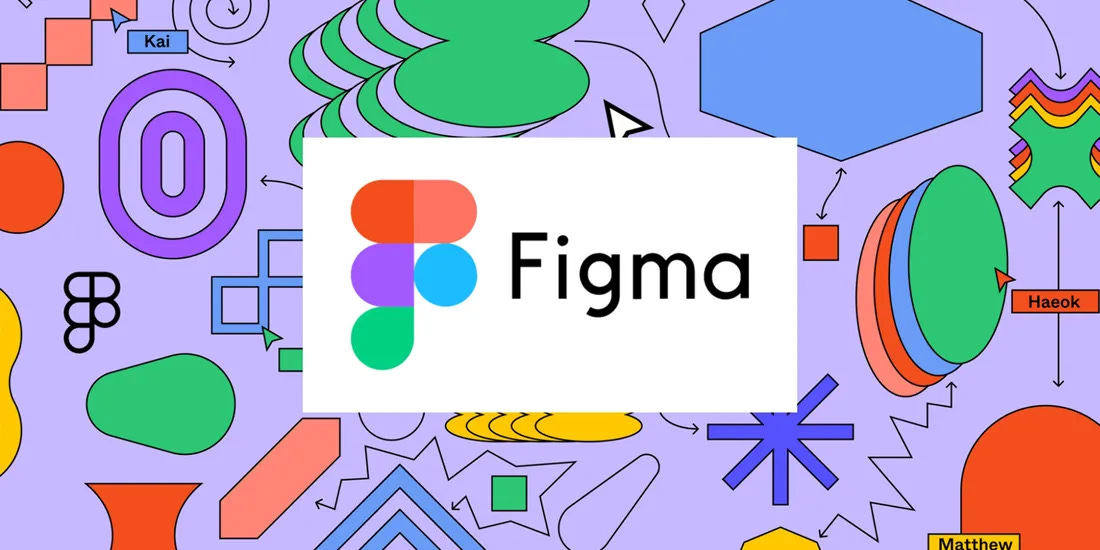Figma's Fall From Grace: Why Cathie Wood is Buying the IPO Darling's Reality Check
Just a few weeks ago, Figma (FIG) was the toast of Wall Street, a "hot IPO" that defied a chilly market. After pricing between $25-$28, it exploded out of the gate, opening at $85 and closing its first day of trading at a staggering $115.50. Investors who got in early were euphoric.
Then came the first earnings report. And with it, a brutal reality check.
The stock has now completed a painful round-trip, plummeting to the mid-$50s, leaving a trail of whiplash and questions. The market is fiercely divided: is this a fundamentally broken IPO, or is this the exact moment of maximum pessimism that long-term investors dream of?
Adding a fascinating twist to the drama, famed tech investor Cathie Wood of ARK Invest has reportedly started buying the dip. This sets up a classic Wall Street battle: the spreadsheet-driven valuation hawks versus the long-term disruptive innovation bulls.
Let's dissect the collapse and analyze why Cathie Wood might be seeing a masterpiece where others see a mess.
The Earnings Report: The Sin of Not Being Perfect
For a stock priced for perfection, Figma's first public earnings report was a cardinal sin: it was merely "okay."
The "Miss": Revenue for Q2 came in at $249.6 million. While this represented a strong 41% year-over-year growth, it fell just shy of the high end of their own guidance ($250 million). For a premium-priced stock, investors don't just expect a beat; they demand a significant beat and a raise. A slight miss was treated as a major failure.
The Deceleration: The real poison pill was the guidance. Management projected Q3 revenue growth of just 33%. This 8-point deceleration from Q2's 41% growth sent a shockwave through the market, signaling that the days of hyper-growth might be ending sooner than anticipated.
The Valuation Question: As the Seeking Alpha analysis ("Figma: Post Earnings Collapse") rightly points out, a company growing at 30%+ is still great. But is it worth a nosebleed valuation of ~30x forward revenue? The market's resounding answer was "no."
The Bear Case: "Dead Money"
The arguments against buying Figma right now are straightforward and compelling:
Astronomical Valuation: Even after being cut in half, the stock is still incredibly expensive on traditional metrics. The bears argue that until the valuation compresses further, the risk-to-reward ratio is heavily skewed to the downside.
Slowing Growth: The deceleration isn't a bug; it's a feature of a maturing company. This makes it incredibly difficult to justify a growth-at-all-costs multiple.
Heightened Competition: Figma doesn't operate in a vacuum. Adobe remains a formidable legacy competitor, and a new wave of nimble, AI-powered design tools is emerging, chipping away at the edges.
Investor Sentiment: As seen on Reddit forums and X (formerly Twitter), sentiment among many retail investors has soured. The stock is being labeled as another "overhyped IPO," and many who bought at the top are now looking to exit, creating downward pressure. The consensus among bears is that the stock will be "dead money" for several quarters until expectations are fully reset.
The Bull Case: The Cathie Wood Thesis
So, why is a forward-looking investor like Cathie Wood stepping in? Because ARK Invest's thesis isn't about the next quarter; it's about the next decade.
Disruptive Product is King: ARK's primary focus is on disruptive innovation. Figma's product is, by all accounts, phenomenal. Its collaborative, web-based platform fundamentally changed the design world, creating a viral, bottom-up adoption model that is the envy of the software industry. This is its "moat."
The Power of Net Retention: While growth is slowing, the company reported a net retention rate of 129%. This is a golden metric. It means that, on average, existing customers spent 29% more this year than they did last year. It's a powerful, built-in growth engine that signals immense customer loyalty and successful upselling.
Untapped Platform Potential: Figma is launching new products like Figma Draw, Make, Sites, and Buzz. While their financial impact is minimal today, Cathie Wood is likely looking at the long-term potential. The bet is that Figma isn't just a design tool; it's evolving into an end-to-end collaborative work platform, a central nervous system for creative teams.
Buying Fear: The ARK Invest strategy often involves buying its high-conviction names when they are on sale. They see the market's short-term panic over a guidance cut as a long-term opportunity to increase a position in a company they believe will be a dominant force for years to come.
Conclusion: A Tale of Two Timelines
The story of Figma's stock is a classic tale of two timelines.
If your timeline is the next six months, the bears have a powerful case. The stock is expensive, growth is slowing, and sentiment is poor. It could certainly trade sideways or even drift lower as the market waits for a more attractive entry point.
But if your timeline is the next five-to-ten years, the bull case, as embodied by Cathie Wood, becomes much more compelling. You're betting on the power of a beloved product, its platform expansion, and its potential to sustain strong, profitable growth long after this current "reality check" is a distant memory.
The battle for Figma's soul is on. The next few quarters will be critical in proving whether it's just another overhyped IPO or a true industry disruptor just getting started.


